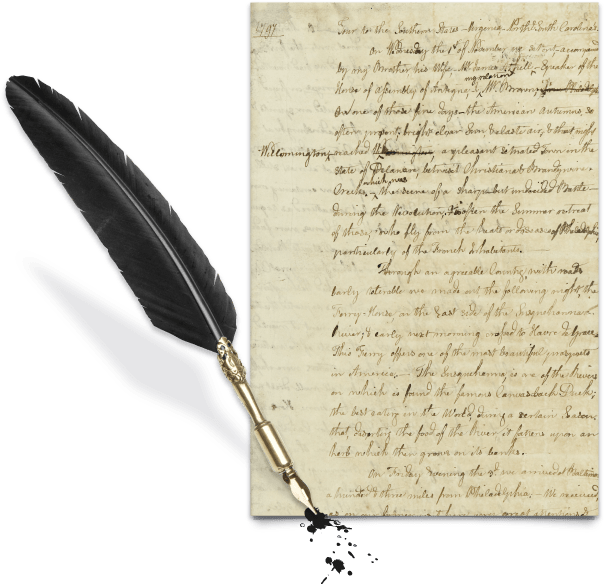
The fascinating manuscripts grouped together at National Library reference number MS.5708 are largely Henrietta Liston's accounts of significant events in Constantinople between 1814 and 1815. The loose sheets are of differently sized paper and have been individually titled by Henrietta.
The earliest manuscript is dated 5 October 1814 and describes a fire around the British Embassy in Pera. The latest manuscript, dated 20 January 1815 describes the assassination of Dr Lorenzo, physician to the Sultan. Liston's writing also covers the term 'sultana', funerals, and her visit to the harem of the 'Collector of Customs'.
The Fire at Pera: 'a sublime spectacle'
This manuscript is Liston's vivid account of a fire which broke out around the British Embassy in the early hours of 5 October 1814. Henrietta describes the 'increasing blaze', 'the houses burning like paper' and the 'miserable wretches' driven out of their homes who had 'no other place to lay their heads' than the Embassy.
Fires were common in Constantinople. The British Embassy was damaged in 1810 when there was a large fire in Pera, and later, in 1831, it was entirely destroyed. During the Listons' residency, the Embassy kept its own fire engine and wooden structures in the grounds, such as the porter's lodge, were rebuilt in stone. To prevent fires in Constantinople, watchtowers, night-patrols and a fire firefighting unit (a 'tulumba ocağı') were established. Interestingly, Henrietta comments on the expense of fires, public reactions to them, and their political significance.
'The title of Sultana does not seem to be perfectly ascertained'
The manuscript Henrietta titled 'Of the term Sultana' is dated 1814. It appears to be a version of passages dated August 1813 which appear in her main 1812-1814 journal. While Henrietta repeats the common tropes of Western visitors to harems, and is mistaken in some information she gives in this manuscript, her description of the meaning of the term 'sultana' is correct. The term was used for the sultan's mother, his sisters, his daughters and his concubines.
The visit to the Harem of the Chief Customs Officer
Liston's short account of her visit to the women's apartments — the harem — in the household of Gümrükçü Osman Pasha, the Chief Customs Officer, includes descriptions of the appearance of the women she meets and of how she communicated with them. Unlike on other occasions when she visited Turkish women, during this impromptu visit Henrietta was not accompanied by an 'interpretess' so she conversed with her hosts 'by signs'.
'This event has excited many strong sensations': The Death of Doctor Lorenzo
The lengthiest, most detailed piece of writing in this group of manuscripts, Henrietta’s account of the murder of Doctor Lorenzo Noccrola, chief physician to the Sultan, is fascinating. Dr Lorenzo was 'an old acquaintance' of Robert Liston's from his first embassy to the Sublime Porte in 1794, and on their arrival in Turkey in June 1812, he and Henrietta had wanted to visit Lorenzo at his home in the village of Stephano (now a neighbourhood in Istanbul). Lorenzo's assassination in January 1815 shocked many people in Ottoman Istanbul. Robert, in a dispatch to the Foreign Secretary Lord Castlereagh, wrote: 'No incident that was not of a public and political nature has ever since I was acquainted with this country, occasioned so great a sensation in Constantinople as the violent death of Dr Lorenzo' (National Library of Scotland reference MS.5630, f.7r).
In her writing on the murder, one senses that Henrietta has a desire to gather as much information as she possibly can to narrate what happened to Dr Lorenzo on the day he died. Her writing reveals something of her access to information and rumours in the diplomatic circles of Constantinople. Although 'cautioned not to make it [the assassination] a subject of conversation' except to Lorenzo's own family, Henrietta 'gently tried' at one of the British Embassy public evenings, 'but found everyone dumb'. This manuscript also discloses Henrietta's perception of the Sultan and the nature of his and his government's power. Towards the end of her account she states: 'the Sultan and Capitan Pasha are carrying on a farce of grief at the untimely fate of this old favourite'.
Read the manuscript